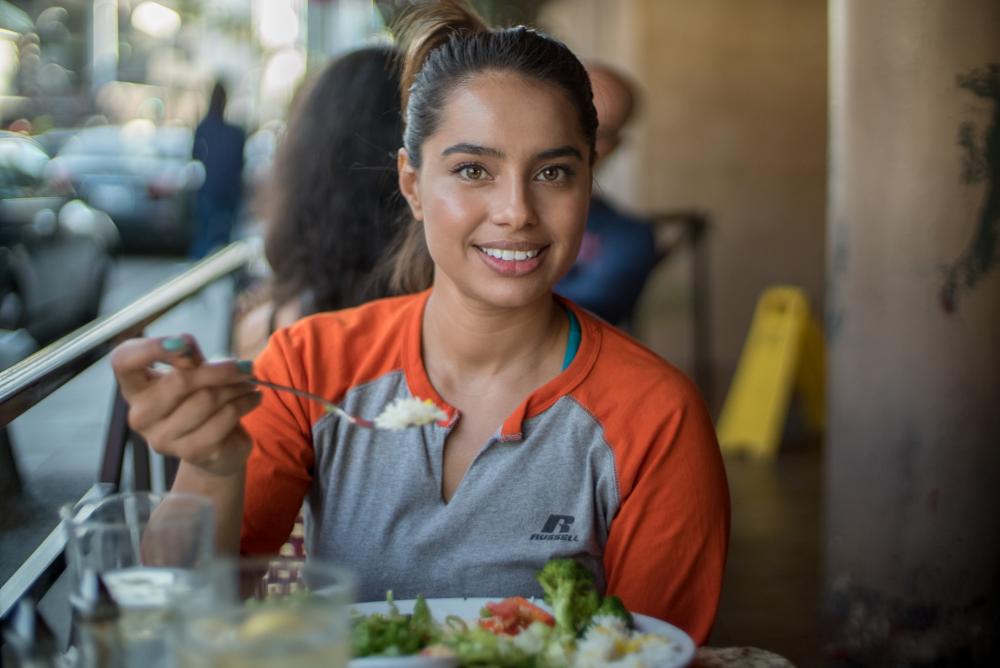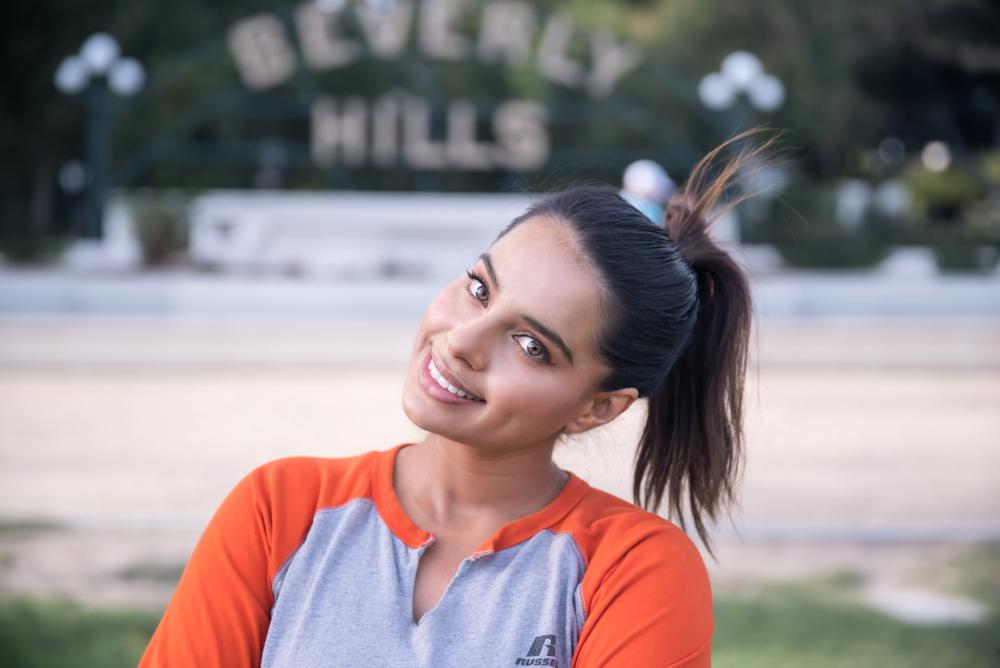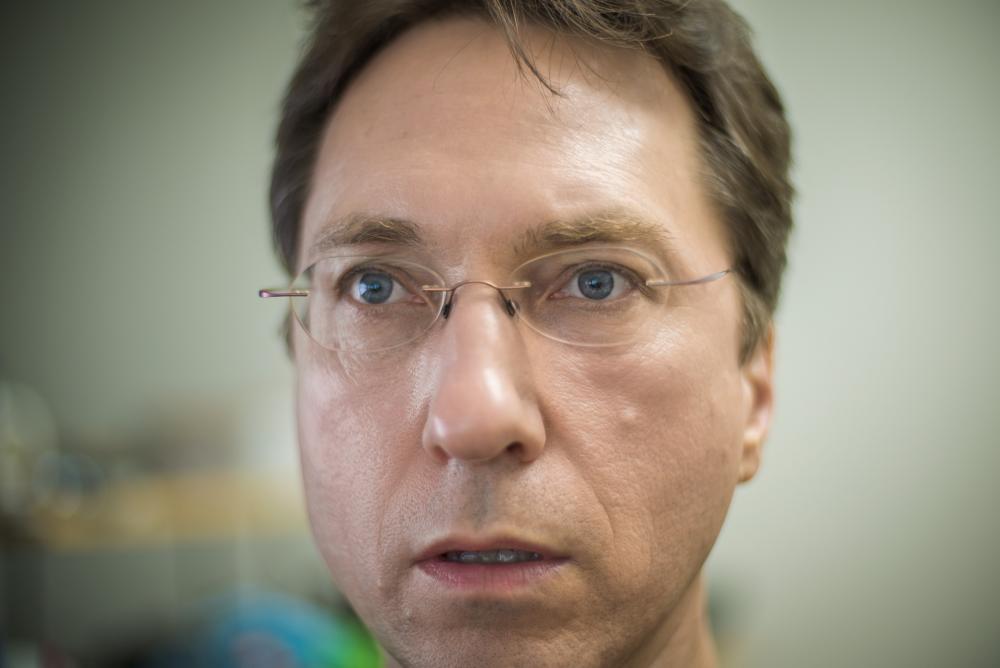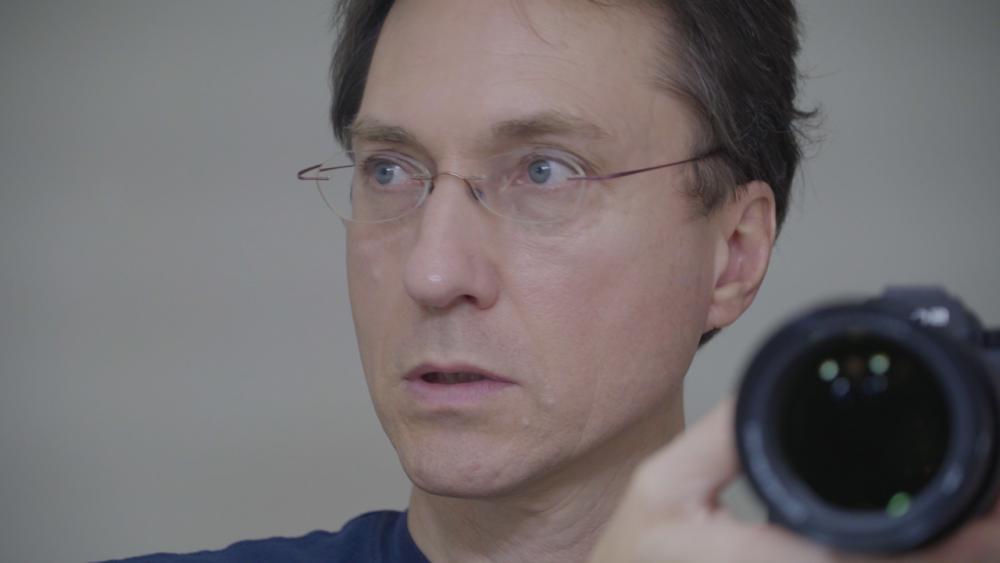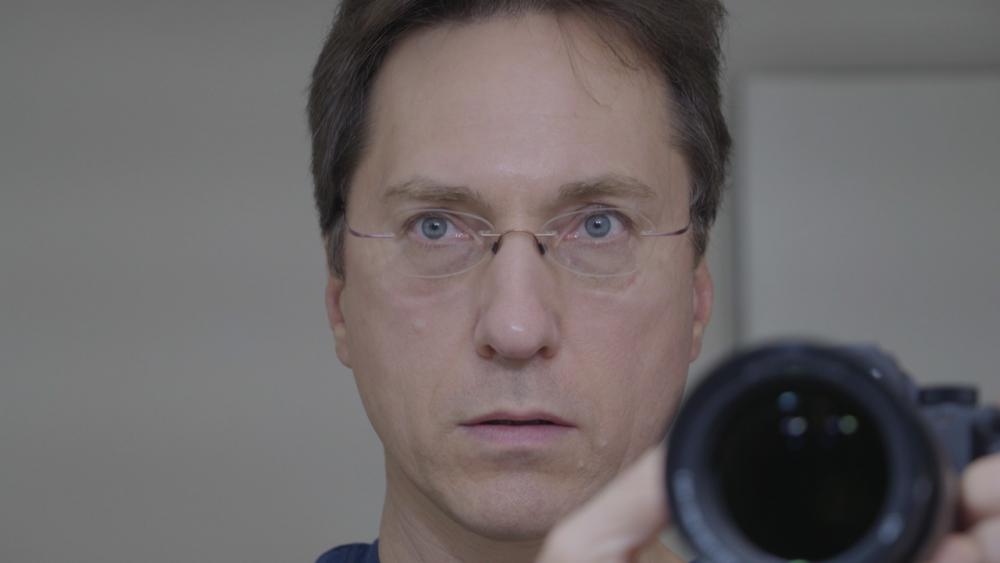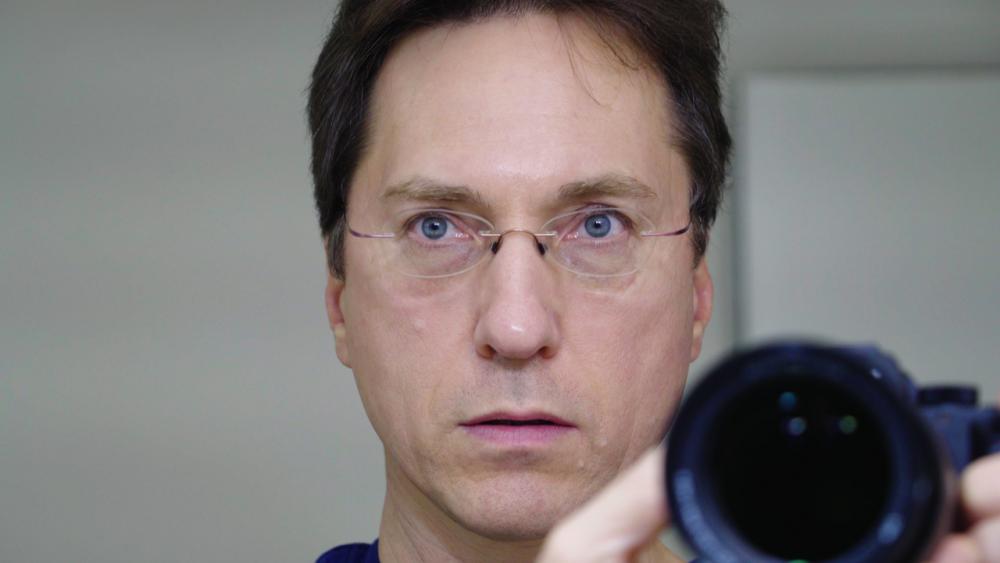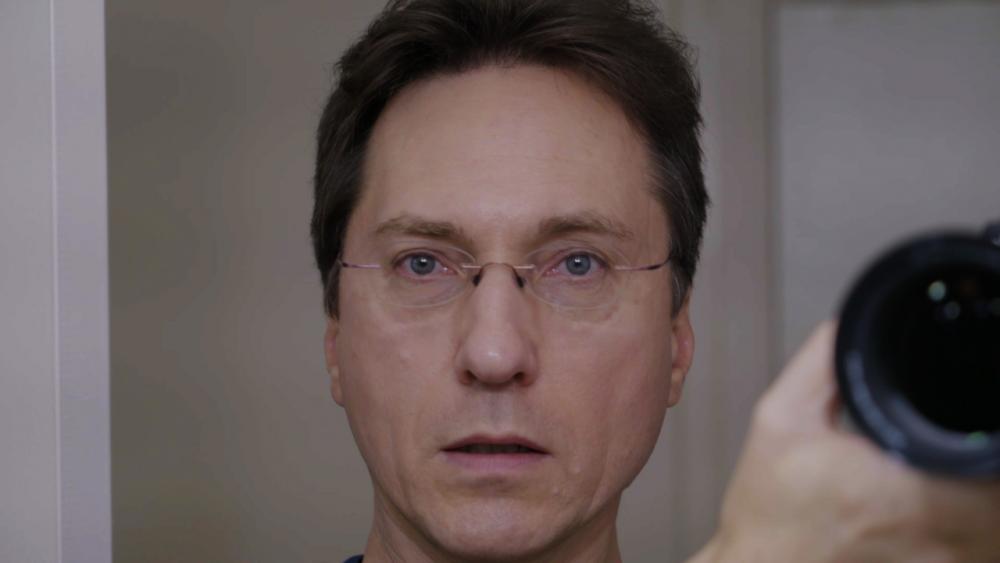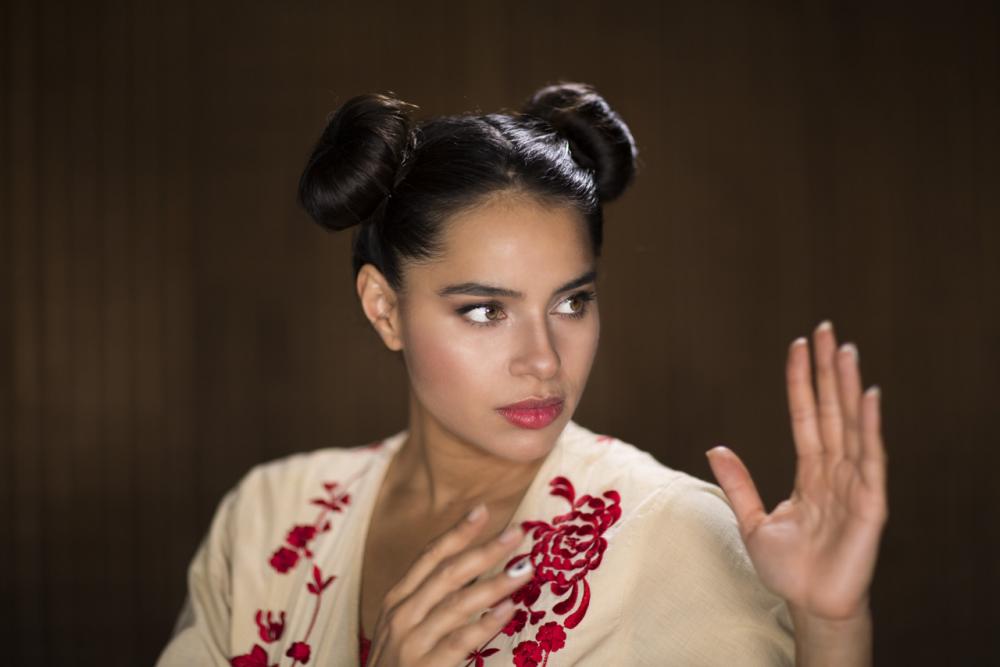-
Posts
1,839 -
Joined
-
Last visited
Content Type
Profiles
Forums
Articles
Everything posted by jcs
-
A very simple and quick test. Details in the YouTube description.
-
gelaxstudio- there's no perfect camera. I suppose the ARRI Alexa or Amira come the closest- the best color, the most filmic, lowest rolling shutter (of RS cameras (obviously global shutter is best, but those cameras have other issues (typically less DR)), highest usable dynamic range, decent slomo, and 4k-ish max resolution (3.2k Bayer upscale). The 3.2K ARRI upscale compares well to the 6K Red Dragon downscale to 4K (UHD): https://www.youtube.com/watch?v=WML-fggbznA We considered the ARRI Amira (starts around $35k for the body), however the C300 II's color and dynamic range are so close to the ARRI and Canon's new autofocus system really make the C300 II a better fit for what we need right now. 60P HD is plenty and if we need higher frame rates our FS700 goes up to 240 (FS700 requires more post work on color vs. C300 II). Most people don't have 4K displays (we only recently upgraded our monitors to 4K, still no 4K TVs yet in the studio + very limited commercial 4K content currently available). 4K is a useful tool for post cropping/zooming, but not that important yet for delivery (even most theatrical deliveries are 2K; 4K is rare).
-
Boot time- ~6s. Premiere Pro CC / Pro Video Codecs- all installed with FCPX. After testing extensively on both Windows and OSX, Premiere's slow 4K performance appears to be in Adobe's video engine+pipeline vs. any specific codec. FCPX is impressively fast compared to PPro for 4K, possibly faster than Resolve. FCPX and Resolve's engines are much newer than PPro: Adobe's architecture is quite ancient in tech terms, and wasn't built with real-time and GPU acceleration in mind. Might be time to spend more time in FCPX to see if I can edit faster. I have a still photo shoot on Wednesday, I'll see if there's time to shoot some C300.2 + A7S.2 at the same time. For studio shots on tripods I'd expect the two cameras to look pretty good. The C300.2 will be stronger with camera motion (much less rolling shutter, better motion cadence, more usable DR, 10/12-bit 422/444 color, etc.). For studio audio, being able to plug XLR directly into the camera vs. running through a Sound Devices preamp into the A7S.2 is less complexity and easier to use (for dialog I wouldn't expect much difference in final audio quality). The A7S.2 + O7Q+ should look really nice if the full image/NR processing is output to HDMI, otherwise it can be noisier. O7Q+ and C300.2 4K 60p RAW- I read on dvxuser that was a mistake, and is not possible. Like most, we're targeting 1080p, where 4K is a nice option to have for some shots/projects. 60p slomo with super-high-quality motion, color, etc., is pretty good for most of our needs. We can always use the FS700 for 240 or the A7S.2 for 120.
-
We're using the C300 II for the color, especially skin tones (less work in post), organic look, and autofocus / MF focus assist. The FS7 is a nice camera, but not enough of an improvement over our FS700 (which does 240fps). The A7S II is a really nice B-camera though has quite a bit of compression artifacts (4K), rolling shutter, and is more challenging for critical focus in 4K (though the focus peaking is nicely improved over the A7S). C300 II AF works while zooming- very well and likely better than a manual focus puller for many cases. If everything was equal between the FS7 and C300 II except the focus system, the C300 II is still worth the extra cost: the focus system and tools are really amazing. The top aftermarket monitors are HD only, getting 4K in focus (and even HD, unless stopping down aperture) is challenging, especially for moving camera/subject. FCPX on a late 2013 MBP 15" Retina can play the 4K XF-AVC files in smooth real-time directly from an Atomos CFast reader and SanDisk 128GB Extreme Pro CFast 2.0 515MB/s card.Premiere Pro CC 2015 with the same hardware and clip can play in real-time with 1/2 Playback resolution, but not as smoothly as FCPX.Resolve 11 Lite on the GTI 980ti, Windows 10, 4K display, plays 4K XF-AVC fluid real-time, full resolution with a couple nodes and LUTs (would expect many more nodes could be used with the 980ti before slowdown).Hopefully the next version of Premiere Pro CC will have full 4K playback support (looks like a video engine issue and not specifically related to XF-AVC 4K files)
-
AF set to face priority, looking mostly straight at the camera, sometimes only eyes/nose visible due to focal length. Zooms tested at multiple focal lengths. All lenses tested at max aperture (extra tests with 1.4 and 1.2 stopped down). 16-35 F2.8L II24-70 F2.8L II24-105 F4L50 F1.485 F1.2L135 F2L70-200 F2.8L IIExcellent results on all lenses, though some are quieter or faster than others (50 1.4 and 85 1.2L were the loudest and slowest (stopping down helped a little), 135 F2 the quietest and fastest). Will set up a test in the studio with a boom mic (and perhaps a lav too) to see if focus noise is an issue (without having to filter in post). The autofocus full blur to full focus rack zoom is a cool effect.
-
Since the XC10 has 422 8-bit 4K I would expect the 5D4 to provide the same or more (perhaps 10-bit). So far Canon only appears to support MJPEG for 4K (ALL-I XF-AVC is effectively a form of MJPEG). This would appear to indicate that their processors aren't very powerful and/or thermally efficient enough to support long GOP 4K, which can produce much smaller files. Canon's workaround for only supporting ALL-I 4K is to require CFast cards, which are still very expensive. ALL-I 4K looks great, especially when's there is lots of motion, however for most interview/narrative shots long GOP (IPB) looks just as good and greatly saves disk space. The 5D4 with ALL-I 422 8/10-bit 4K and CFast 2.0 would make sense given Canon's current hardware capability. This might require a new chip- the DIGIC DV chips are more for video cameras (vs stills as with DIGIC). Given that Sony is catching up to Canon for skintones on the A7S II for example, Canon's biggest advantage is the amazing autofocus/MF assist with EF lenses (C300 II AF works very well so far). Adding that system to the 5D4 would be compelling.
-
Premiere Pro CC 2015 can handle 1080p C300 II files in a 1080p Sequence just fine, at full playback resolution. I was testing 4K and 1080p in a 4K Sequence previously. Hopefully Adobe can improve 4K sequence performance: with a GTX980ti and pulling files from a Samsung Pro 850 SSD, 4K editing should be butter smooth. If the compressed H.264 data gets copied across the bus into GPU memory, as long as everything stays in GPU memory everything should run very fast. If they are shuffling data back and forth across the bus, that would explain the low 4K performance (didn't benchmark it, but the latest version of CC seems slower than prior versions for 4K). Rolling shutter is very low on the C300 II- even without a shoulder rig, the unstablized 24-70 F2.8 II looks decent handheld (the camera mass helps too).
-
The 24-240 works pretty well on the A7S II, I think the zoom has loosened up a bit after using it. Image quality is very good, though as you noted close focus isn't great. The 18-200 (non EF/crop) works pretty well if you are OK shooting in crop mode. For run & gun, the 24-240 works pretty well.
-
First impressions of the C300 Mark II: The Good Autofocus and assisted manual focus so far is amazing. The best autofocus I've used. Even more amazing is it works on all Canon (camera-focus-controlled) EF lenses (tested on the 24-105 F4L and 24-70 F2.8 II, will test more soon). It makes a slight sound, similar to IS noise, but quieter. If using an on-camera mic for run & gun, the noise can be picked up (in a quiet room), however I think with a suspended mic mount the noise shouldn't be audible. No issue at all with a boom or lav. Assisted manual focus helps with 4K critical focus.Color is excellent, as expected. Favorite out-of-camera look so far with: Gamma: Canon Log, Color Space: DCI-P3 (or BT.709), Color Matrix: EOS Standard. Adobe CC doesn't have LUTs yet for the C300 II. One of the reasons for using a C300 II is to get excellent color out of camera with minimal work in post- no LUTs need with those settings (just curves, etc.).Audio is excellent with options for 24- as well as 16-bit.So far in the studio (and my desk) the image is very clean, with no visible recording artifacts (even at 50Mbps LGOP 422 10-bit (limited motion)).CFast 2.0 cards copy very fast to the computer over USB3: 300+MB/s to an SSD.Additional Observations Compared to DSLR-sized cameras, it's huge and heavy.The top handle, external monitor and mic assembly, and side handle can all be removed to make a smaller package, though it's still relatively heavy compared to DSLRs.4K is 410Mbps: the files are ALL-I and are huge (compared to the 50Mbps files we're used to with DSLRs, and 24Mbps files from the FS700). There is no long GOP option for smaller files. It appears Canon's processor(s) aren't powerful enough to handle long GOP for 4K.Premiere CC 2015 (latest) can't handle the new Canon XFAVC files very well (4K and 1080p). Playback is slow and choppy, even at 1/2 playback resolution (might also be a 24-bit 4-track audio issue, testing this). Adobe is offering 1 year of Creative Cloud for C300 II owners, perhaps they'll update Premiere soon to fully support C300 II XFAVC files. Note that I found similar issues when writing the Photon app for 10-bit H.264 support: Premiere ran slowly on those files (sometimes with errors decoding).The A7S II with my tweaked settings look pretty good next to the C300 II in 1080p. In 4K the A7S II has lots of macroblocks/artifacts, the C300 II is clean (with 4x larger files). The A7S II makes a nice B/super-low light camera to the C300 II.1080p60 slomo looks decent, likely as it's supersampled from 4K. 120p is clearly lower resolution being a center crop without the benefit of supersampling (which also helps reduce noise and aliasing). 120p on the A7S II looks better.
-
Canon still rules on colors science, reliability, ease of use, and of course native EF lens support.
-

New Lumetri Color in Premiere Pro CC2, changed my entire workflow overnight
jcs replied to Michael Ma's topic in Cameras
Hey Michael- I've been using the Lumetri panel for a while and indeed it is very cool. In terms of UI and editing speed, it is much faster. In terms of runtime performance, it feels a little slower than using a combination of Mercury-accelerated effects, e.g. Fast Color Corrector + Curves (1 or more) + ProcAmp + 3-Way Color Corrector + Sharpen [when needed] (12 3GHz cores, GTX 980ti on dual 4K displays, Windows 10). Perhaps turning off unused panel elements will speed things up. A sampler/dropper tool for white balance would be a helpful addition. -
If you don't want/can't shoot 5D3 RAW, get the A7S II, a Canon EF to E mount adapter and shoot 1080p. Much improved color over the A7S (including decent RAW stills for skintones), IBIS, 120fps slomo.
-
A7S II RAW stills, daylight: While not yet up to Canon for skin tones, the A7S II provides a really nice improvement in RAW color science from the A7S.
-
Raw stills produce decent skin tones, even under spikey-green LED light (Canon 50mm F1.4 (F1.0 indicated) on SpeedBooster in crop mode): Will test with the next model shoot next to the 5D Mark III.
-
independent- I couldn't see any difference between Auto and Manual (+ setting focal length), looks like all 5 axis work OK. Perhaps on a longer focal length manual might work better. In any case, the stabilization is pretty good. Not as good as say Power OIS on a Panasonic Camcorder, but good enough if one is very smooth with the camera. On a basic rig the results will be excellent.
-
Re: overheating: try back to back 29min clips (mine overheated ~10 minutes into the 2nd recording). At this time I don't see that as an issue as I never do takes anywhere near that long (and tend to turn the camera off to save battery). 5-axis stabilizer: works on every lens. Tested on with MB IV and SpeedBooster: Canon 50mm 1.4, Canon 24-70 F2.8L II, Canon 85mm F1.2L. Results are pretty good. It's necessary to hold very still, else the motion can get 'springy' (still better than microjitter). Coupled with a small rig/brace (+ extra weight), it will work very well. The Sony FE 24-240 works very well- stable smooth image (IS + IBIS). Shooting RAW stills: Sony's color science has really improved over the A7S: it's actually a decent still camera for skintones now. Favorite indoor settings: Cine1 gamma and SGamut3.cine. For high-dynamic range, SLog2 and SGamut3.cine. SGamut3 gamma is noisier and has banding issues compared to SLog2, Cine1/2/4.
-
It's true that most low-cost LEDs have poor spectrums, however Aputure 95+CRI LEDs are under $1k and handle skintones very well, even better than our >$1k Dracasts (far more durable, but not as good color).
-
You can add some -1/8 magenta gels to help with the green tint.
-
I tested the IV adapter on the A7S2- the prior firmware was slower and worked somewhat. The latest firmware drives the focus motor crazy fast and never focuses properly. Focus peaking works much better, however, so manual focus is easier. For autofocus and run & gun I'm using the new Sony FE 24-240 (similar range to the 18-200 on the A7S (crop mode)). Only issue so far is it doesn't focus as close as the 18-200.
-
It should in theory, only way to know is to test.
-
Slog3 isn't usable any time there's a relatively continuous color/luma, such as indoor paint/walls, etc. However, there's an easy solution that looks pretty good. Use PP9, which is Slog3 and SGamut3 (not usable for anything, way too wide a color space), change SLog3 to Slog2, then change SGamut3 to SGamut3.cine, use any of the ARRI LUTs in PP CC, or just using a curve to pull the blacks down and pull up the mids a bit, add saturation, and it looks very similar to the ARRI LUTs. SLog3 + SGamut3.cine (JPEG on this site looks worse than in PP CC: click on the first image and view full size for better results): SLog2 + SGamut3.cine: Another look for SLog2 + SGamut3.cine: SLog2 + SGamut3.cine with Alexa DCIP3 LUT (+ other Lumetri panel tweaks): I think the camera did reasonably well for these bathroom lights: CREE daylight 100w eq. LEDs, with a strong green spike, mixed with incandescents. After I've shot with models in the studio with the high CRI Light Storms, I'll post some images.
-
Total continuous 4K recording time, brand new Sony factory battery fully charged: 1 hour 20 minutes. Number of overheat events, 74F ambient air temp: 2. First overheat event shut off camera. 2nd occurred as battery was nearing empty: displayed temp alert (orange thermometer + triangle), battery drained before shutdown. Camera must be restarted every 29m59s to perform this test. I never used the A7S this way, and will never use the A7S II this way, as I tend to turn off the camera between takes to save battery power. In a hot environment this could be an issue. The improved color and 5-axis stabilizer makes the A7S II worth the upgrade even if not using 4K. Given the heavy macroblocking, the best results for 4K must be done with an external 4K recorder. For indie projects, this is a decent camera. For a paid, higher end shoot, a pro camera with 10-bit and higher bitrate is needed for 4K. We're looking forward to the C300 II production version reviews.
-
In the Sushi video, to the naked eye everything had a red cast: the A7S II did a pretty good job in mixed lighting- incandescent + red neon + iPhone LED. Other footage shot in the studio (sorry can't share it) looks really good under very high quality LED light (Aputure Light Storm, 95+ CRI). While still not up to Canon, the skin tones are pretty good.
-
4K 100Mbps, stock picture profile 3 (ITU709 gamma, Pro color), iPhone light, AWB (mixed color light sources), handheld, 24-240 lens, no color correction, quick cut-only editing (limited time test & edit after a long day of still photography): Found that the 24-240 won't focus as close as the 18-200 (APS-C only), however the lens appears otherwise decent. A still from one of the photoshoots today (Canon 5D3 with 85mm F1.2 @1.2). While Sony's color is improving, Canon is still preferred when the best skintones are desired:
-
PP8 (Slog3+SGamut.cine) looks pretty good straight out of camera with PP CC ARRI LUTs (Lumetri panel). Pretty nice skintones without any tweaking. Nice to see Sony making good progress with color! Regarding 4K playback, I transcoded to QuickTime and PP CC (latest version) still can't play in real-time full resolution (from an SSD). This is the first time working with 4K on Windows 10 and the GTX 980ti (previously used Win7 with GTX 770). Properly coded GPU decoding and processing should be able to handle 4K like butter. Will try on OSX. Examining the 100Mbps XAVC-S 4K up close: there's quite a bit of macroblocking (400%). Thought perhaps it was a PP issue, not performing deblocking (an advanced feature of H.264 decoders, which blends out macroblock edges). ffmpeg transcode didn't do any better. Macroblocking wasn't as visible with PP6 vs. PP8+Lumetri LUT. Not visible when not pixel peeping, just checking encoder/decoder quality. Using an external recorder is still a good option for those wanting max quality.



